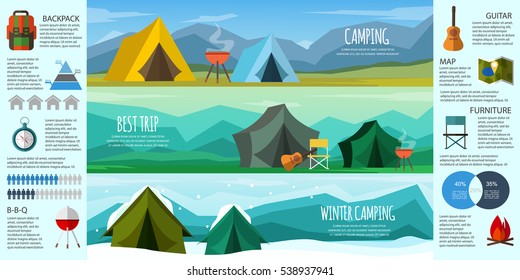How To Unlock The Global Market Selling Camping Tents
How To Unlock The Global Market Selling Camping Tents
Blog Article
The Background of Bell Tents
The conelike shape of a bell tent makes it one of one of the most effective sanctuary layouts in background. Known by numerous names, consisting of the Tipi, Chum, Goahti, Lavvu, or Nentsi, these single-pole cotton canvas tents were developed with usefulness in mind.
What do you call a campsite without a tent?
Their simpleness and simplicity of setting up made them excellent for cultures on the move. This very same capability stood out of leisure campers, who quickly included short wall surfaces to develop a timeless camping tent style that we currently called the Bell Camping tent.
Origins
Bell tents are a tried and tested kind of immediate holiday accommodation. Their sizable interiors and practical layout-- they are durable, very easy to set up and can withstand solid winds as a result of their legendary bell form-- have made them a popular selection for camping and glamping.
The contemporary bell tent traces its roots back to a 19th century armed forces outdoor tents created by Henry Sibley. He adjusted the style of the American Indian tipi to produce his distinct camping tent which was then adopted by the army for use in army camps and expeditions.
The principles of this camping tent-- rugged and hard canvas offering a home-away-from-home for tourists-- have been improved with time to suit the demands of modern campers. For instance, modern-day glamping outdoors tents offer facilities such as carpets and beds to enhance the comfort of campers. These functions also help to maintain the integrity of the original layout and protect against the aspects.
Military Use
In the 19th century, bell camping tents were first used as army area shelters. They were a prominent selection since they were durable, large, and simple to set up. Today, these tents are popular among campers and glampers for their fashionable and sensible design.
They are likewise extensively used in military and rescue operations, where fast deployment is crucial. Their straightforward structure implies that they can be set up in a short amount of time, providing employees even more time to concentrate on the objective handy.
The bell tent is generally made from a sturdy and weatherproof canvas, with a centre pole that's supported by a collection of pegs. Period prints show that these outdoors tents were formed much more like a cone than a squat framework, and the walls were little in regard to the elevation of the facility pole. This allowed them to endure wind and rain. They were frequently used by the ANZAC soldiers on their explorations throughout Europe and Gallipoli.
Glamping
Glamping is a modern exterior pastime that has actually come to be progressively prominent. People from all profession are seeking a means to appreciate the open airs in comfort and design. Whether it's a romantic getaway or a family camping trip, a top quality camping tent can make all the distinction.
A bell tent's round shape assists with security in gusty problems, while its large inside can accommodate many people. It is also easy to establish, requiring just a main pole and a conical canvas roofing system that resolves into a large base.
The bell camping tent was invented by Henry Hopkins Sibley, a United States Army soldier who offered on the Texas frontier in the 1850s. He took motivation from tipis he saw, and established a layout that was durable and quickly mobile. His tent was patented in 1856.
Contemporary Usage
Today, bell tents are a staple in store camping websites, event holiday accommodations, and as classy outdoor sanctuaries for wedding events or hideaways. Their elegant, timeless designs mix practice with modernity, making them a preferred amongst those seeking unique and comfortable lodgings that are best wall tents both aesthetically attractive and surprisingly simple to establish.
The modern bell camping tent traces its origins back to typical outdoors tents utilized by nomadic people in Northern Europe, but experienced its heyday around the 19th century when canvas changed animal hides as the key product. This modification, combined with a practical style that focuses on clearance, saw the introduction of a preferred armed forces field shelter and, in the future, the iconic camping tent we understand as the bell.
In the 1850s, an US Military soldier named Henry Hopkins Sibley created the very first contemporary bell outdoor tents. Drawing ideas from the tipis he had seen on the Texas frontier, his new camping tent utilized a solitary central post and vents to create a framework that was both sturdy and quickly mobile.
Do canvas tents shrink?
